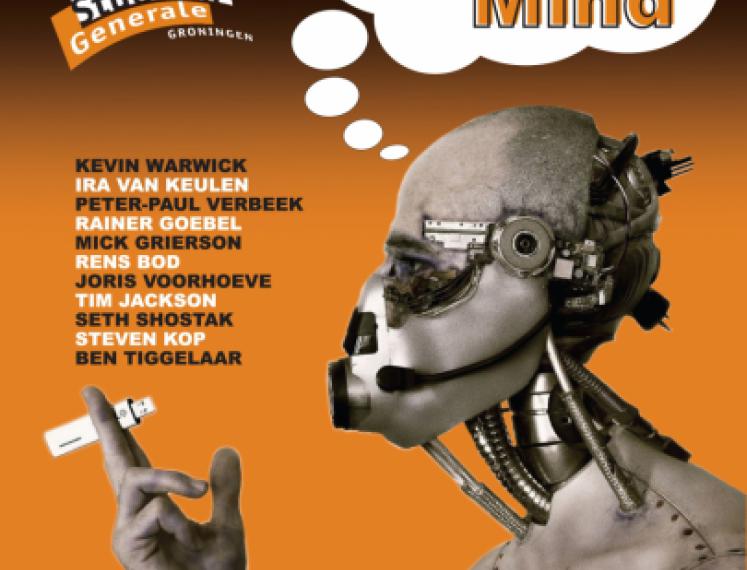The cyborg experiments
The cyborg (part human and part machine) is no longer science fiction, Professor Kevin Warwick has conducted significant experiments with cyborg technology and became ‘world’s first human cyborg’.
Many fictional cyborgs (part human and part machine) have appeared in movies and books. Professor of Cybernetics Kevin Warwick has conducted significant experiments with cyborg technology and became ‘world’s first human cyborg’. He will take a practical look at how the use of implant and electrode technology can be employed to create biological brains for robots, to enable human enhancement and to diminish the effects of certain neural illnesses. In all cases the end result is to increase the range of abilities of the recipients. There are already a number of areas in which such technology has had a profound effect, a key element being the need for a clear interface linking a biological brain directly with computer technology.
Kevin Warwick is Professor of Cybernetics at the University of Reading, England, where he carries out research in artificial intelligence, control, robotics and cyborgs. He is famous for his pioneering experiments involving a neuro-surgical implantation into the median nerves of his left arm to link his nervous system directly to a computer. His research involves the invention of an intelligent deep brain stimulator to counteract the effects of Parkinson Disease tremors.
Interesting links:
www.kevinwarwick.com
Wikipedia: Kevin Warwick
YouTube: Cyborg Life: Kevin Warwick
Singularity Hub: Kevin Warwick, Once a Cyborg, Now Prophet of the Man-Machine Future



